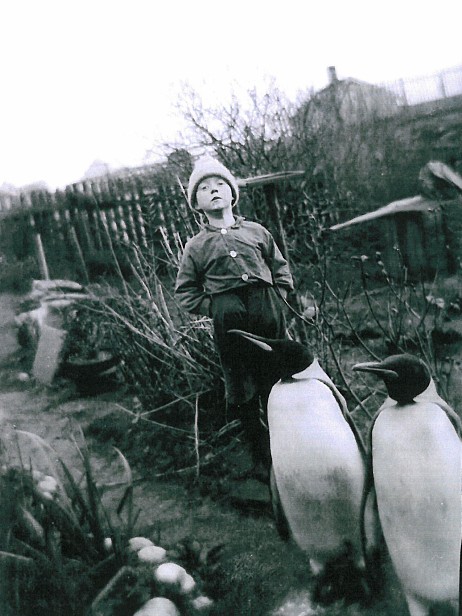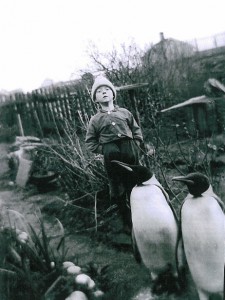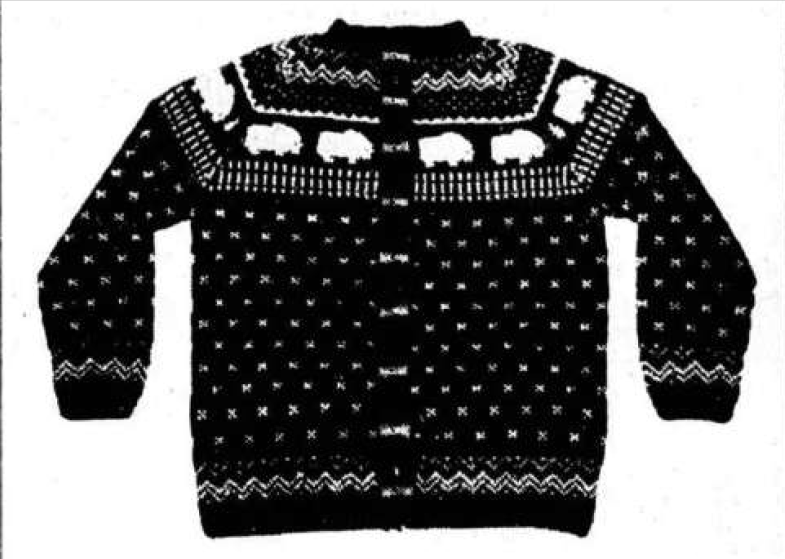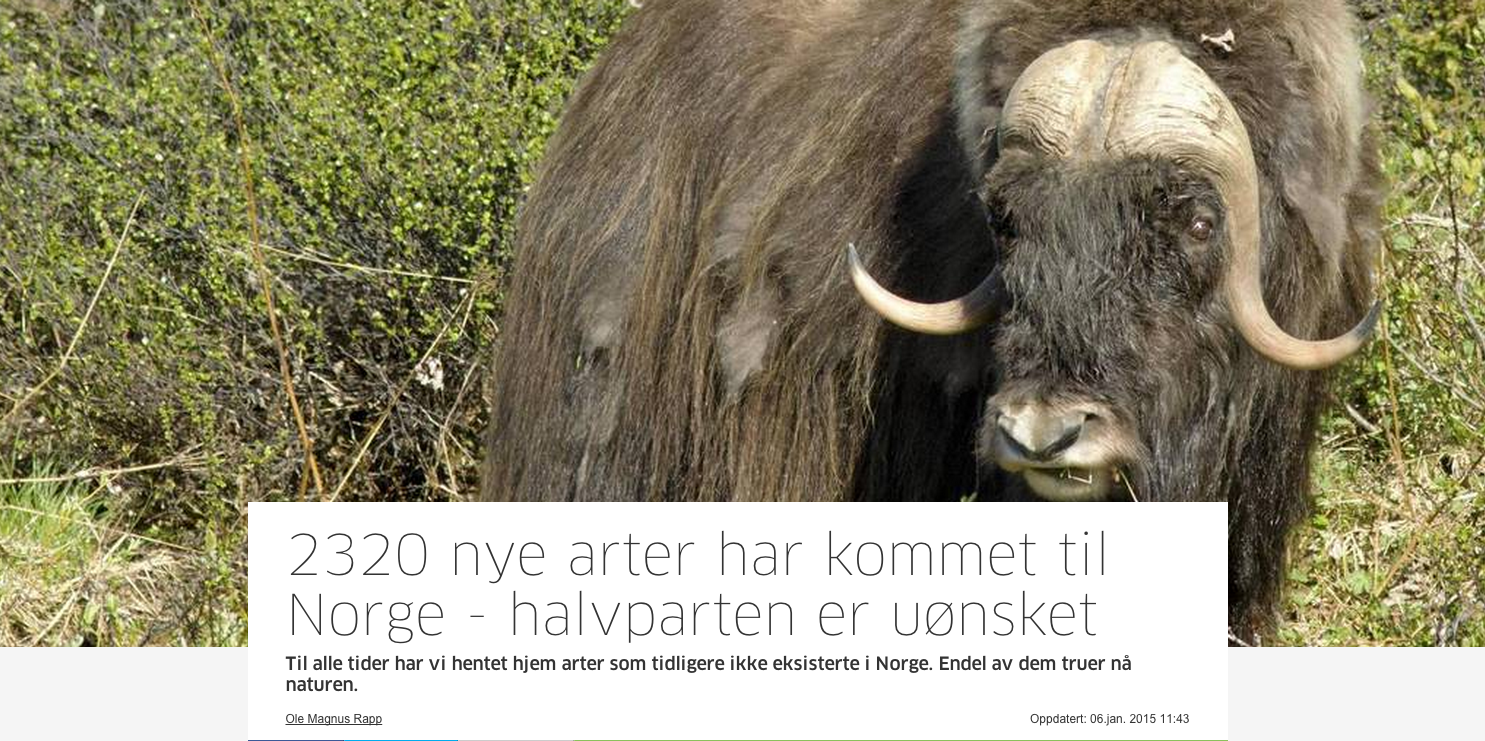
March of the penguins
On Friday at the History of Technology & Science Days conference, I heard a very interesting paper by Peder Roberts on penguins in Norway that resonated with some of my work.
Penguins are native only to the southern pole region – there have never been penguins in the northern hemisphere. According to Peder, who has written a book on the science and politics of the Antarctic, the Antarctic was seen as a faunal resource for Scandinavia, so it was thought that penguins might be viable introduction to Norway. Some Norwegians, particularly the whaling magnate Lars Christensen, envisioned penguin farming as a Norwegian industry, even though penguin meat is reported to have a peculiarly odd flavor — “If it’s possible to imagine a piece of beef, odiferous cod fish and a canvas-backed duck roasted together in a pot, with blood and cod-liver oil for sauce, the illustration would be complete,” according to a doctor on a polar expedition in 1898.

In 1936, 9 King Penguins were brought from the island of South Georgia in the Antarctic to the island of Røst in Norway. Another 60 smaller penguins, including macaroni and gentoo penguins, were brought in 1938. Although the penguins were at first kept in large pens, they were eventually released into the wild. According to an article in 1938, it was thought that the penguins would acclimate themselves to the north and “become Norwegian birds.” Eventually, there would be penguin colonies throughout the Lofoton islands — but this was not to become reality. Sightings of the birds continued through the 1940s, with the last reported sighting in 1954 at Hamarøy. Some nice historical photos are available in an NRK article from 2010.

What was interesting about this introduction project to me was the similarities with the muskox projects at the same moment in time. The first muskox were imported from Greenland to Svalbard in 1929, followed by the group of muskox released in Dovrefjell in 1932. In fact, one of the people involved in bringing in the penguins was Adolf Hoel,who founded the forerunner of the Norsk Polarinstitt in 1928 to study Svalbard, just before the muskox were brought to the island. So there may be some connections between the people involved in the two projects.
There is also an ‘imperial’ aspect to both projects. Peder made the point that the penguins project was part of a larger project of ‘claiming’ the Antarctic as Norwegian whaling waters. In the same way, the muskox were brought from Greenland during a political conflict between Norway and Denmark about sovereignty over Greenland. We can’t separate politics and nature.
In the end, the penguins’ march to Norway ended unsuccessfully, while the march of the muskox goes on.




